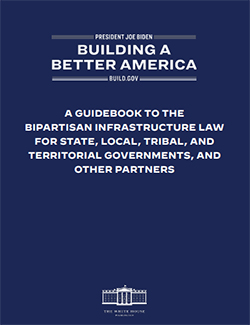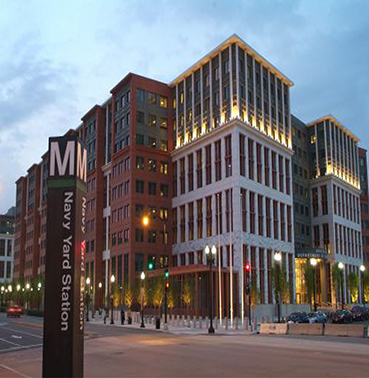The vision for high-speed rail in the United States is not just a distant dream anymore; it is rapidly transforming into a tangible reality. Recent developments indicate that strategic investments and innovative project delivery methods are propelling the country towards a new era of integrated mobility systems. With estimates of over $100 billion earmarked for high-speed rail projects across the nation, the stakes have never been higher.
Investment Fuels High-Speed Rail Growth
According to Mass Transit, numerous projects are currently in the pipeline, showcasing how public-private partnerships can effectively accelerate progress. The private sector"s involvement is crucial as it brings not just funding but also innovation and efficiency. This shift towards collaborative financing models is set to revolutionize how transportation infrastructure is developed, making high-speed rail a viable alternative to traditional road and air travel.
Environmental Benefits of High-Speed Rail
High-speed rail offers a promising solution to the climate crisis. By providing a sustainable alternative to carbon-emitting vehicles and planes, it aligns with global efforts to reduce greenhouse gas emissions. The U.S. must seize this moment to invest in rail systems that prioritize environmental sustainability, especially as the Biden administration pushes for ambitious climate goals. The transition to electric trains powered by renewable energy sources could significantly cut the carbon footprint of intercity travel.
\n\n
Bipartisan Infrastructure …
Privacy and Data Protection in Transportation Innovation
As we embrace high-speed rail, we must also confront the implications for privacy and digital rights. With the integration of technology into transportation systems, there is a growing need to ensure that passenger data is protected. Privacy policies must be transparent, and data collection practices should prioritize user consent. Innovations like ticketing apps and real-time tracking systems can enhance user experience but also raise concerns about surveillance and data misuse. It"s vital that we establish strong regulations that protect individual privacy while enabling technological advancement.
Equity in Transportation Access
High-speed rail has the potential to address long-standing issues of transportation equity. Many underserved communities rely on public transport, and high-speed rail could provide them with crucial access to economic opportunities. It"s imperative that policymakers ensure these projects are designed with inclusivity in mind. This means incorporating affordable fares and equitable routes to guarantee that everyone benefits from this transformative shift in mobility.
\n\n
Information for Visitors | NHTSA
Challenges Ahead for High-Speed Rail Initiatives
Despite the momentum, challenges remain. Opposition from traditional transportation sectors, regulatory hurdles, and funding uncertainties could impede progress. Furthermore, the implementation of high-speed rail must be accompanied by comprehensive urban planning strategies to integrate these systems into existing transportation networks effectively. Policymakers must navigate these complexities to ensure that the vision for high-speed rail does not falter at the hands of entrenched interests.
The future of high-speed rail in the U.S. is bright, but it demands a holistic approach that encompasses sustainability, privacy, equity, and strategic planning. As we stand on the brink of a mobility revolution, we must advocate for policies that prioritize these values to ensure that the benefits of high-speed rail are accessible to all.


![[Video] Hayli Gubbi volcano in Ethiopia erupts for first time in thousands of years](/_next/image?url=%2Fapi%2Fimage%2Fthumbnails%2Fthumbnail-1763974873320-6wjm4c-thumbnail.jpg&w=3840&q=75)
![[Video] Ethiopia's Hayli Gubbi volcano erupts for first time in 10,000 years](/_next/image?url=%2Fapi%2Fimage%2Fthumbnails%2Fthumbnail-1763962878020-1g659v-thumbnail.jpg&w=3840&q=75)


![[Video] More videos of ANTIFA activities emerge in Giessen](/_next/image?url=%2Fapi%2Fimage%2Fthumbnails%2Fthumbnail-1764454862523-wtbpg5-thumbnail.jpg&w=3840&q=75)

![[Video] ANTIFA clashes with police as AfD launches new youth wing in Giessen](/_next/image?url=%2Fapi%2Fimage%2Fthumbnails%2Fthumbnail-1764454254349-m79yw-thumbnail.jpg&w=3840&q=75)